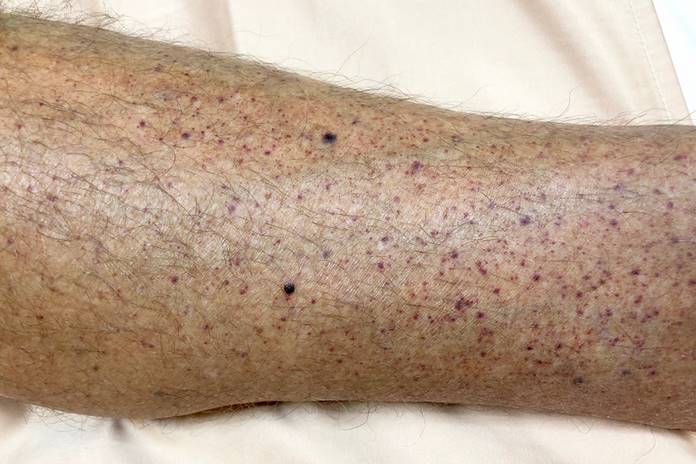Thrombotic Thrombocytopenic Purpura (TTP)
It is a rare blood disorder. This disease can cause blood clots in small blood vessels that can block the flow of blood to other organs. When the supply of oxygenated blood is limited and does not properly reach other organs like the brain, kidney, and heart, it can give rise to serious complications. These tiny clots consume platelets in small vessels throughout the body. Due to platelets’ usage, few of them are left in the blood, which can cause bleeding. The significant cause of TTP is the deficiency of a blood enzyme responsible for the prevention of platelet clumping that causes the formation of blood clots. A minor deficiency of this enzyme is considered harmless but severe deficiency can be a reason for the development of blood clots in the vessels that leading to TTP. This enzyme deficiency can be inherited or acquired. The inherited disease occurs because of gene mutation, or it can be a result of autoantibody. While if its acquired diseases, then the gene is not the cause, instead the body creates antibodies that block the activity of enzyme resulting in the formation of blood clots. When some health conditions occur like pregnancy or surgery, they increase the risk of blood clotting, which increases the risk of TTP. As in TTP, bleeding occurs inside the body, and this bleeding causes tiny red and purple dost to appear on the skin. These spots are also known as petechiae, and they seem like a rash. TTP can cause long-lasting damage if it affects the brain. TPP cannot be treated right away, and it lasts from days to months.

